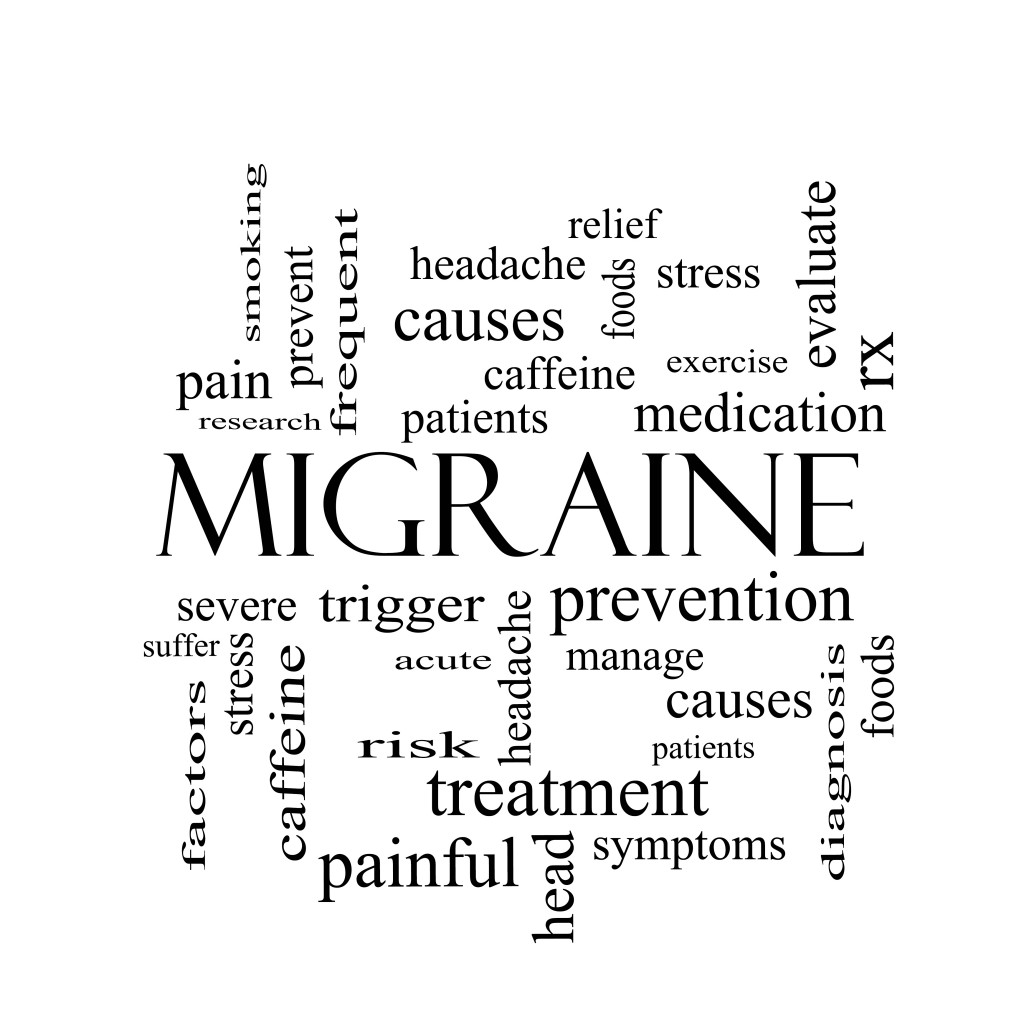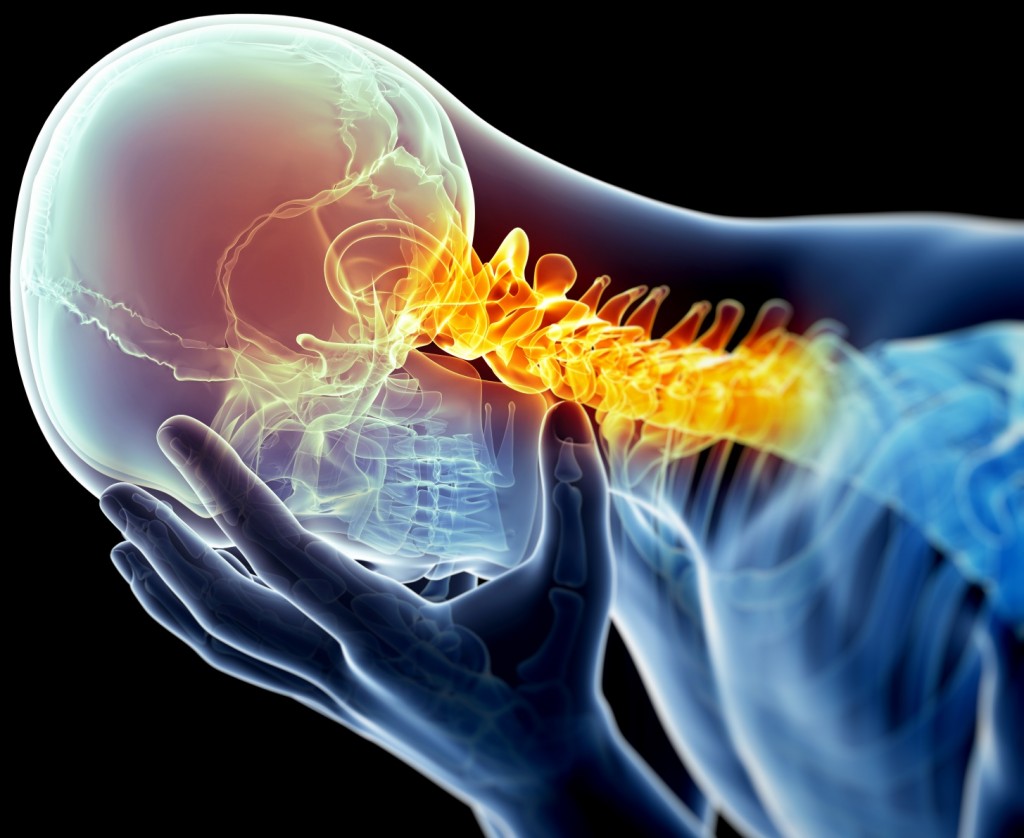I’ve always wanted to write a first hand article on migraines. But also wanted to write everything while I was actually experiencing a migraine, which believe me it’s very difficult.
The title doesn’t serve only as a meaning of “lengthy article” but also as a post that took me quite long to write, by writing very small parts every time I had a migraine. The main purpose of the post is to share my experience but also make others aware of what a migraine can feel and look like both from the point of the sufferer and from the point of people close to him. Since the post was written in different times, I present it in different sections, serving like an FAQ of migraines.
Disclaimer:
Everything in this post is based on personal experience. Before you read it, you need to know that people are affected in totally different ways by migraines.
A short bio:
I had my first migraine at school, when I was 12. You always remember your first migraine no matter how hard you want to delete this memory from your mind. It was a totally unknown feeling for me. My head was in an extreme pain and I didn’t know what that could mean. From then on, I’ve had migraines at an always-changing frequency, ranging from daily to monthly.
Frequency of migraines:
There are several types of migraines with different levels of pain. If we rate the pain of a migraine from 1 to 10, I get a lot of 6-7 rate migraines about once every week which I consider them “minor” since I don’t stop working but just feel the pain and take some painkillers. Then there are those “big” migraines as I call them which I get once every 2 or more months. These are devastating… I will go on to describe how they feel like. Finally there are also the aura and aphasia migraines. I’ve only had 4 episodes of them in my lifetime.
How does a migraine feel like?
You can’t really put all migraines into one basket. So here are a few different ones:
Minor ones (pain level up to 7/10):
You get a headache, almost always on one side of your head (I have them 99% of the times on the left side) and this can last anywhere from 2 hours to three days. My left eye usually hurts as well. I can continue working on a computer, walk, go out, listen to music but I always have the pain which is very disturbing. What I can hardly do at this stage of migraine is to climb stairs or do any activity that requires physical strength. Trying to do so, the pain increases to level 8+ and in case that happens, I can’t do anything else rather than stay in a room with no lights and sounds at all.
Big ones, (no aura, no aphasia, pain level 8-10):
When you get this kind of migraine you immediately know that you won’t be able to do anything at all that day. The pain is so much that you cannot think anything at all and you just want to hide in your bed and wait until it’s over. Except for the pain you end up vomiting constantly for more than an hour. While this might sound awful and disgusting, it’s quite relieving since vomiting is an action that decreases pain during a migraine event. Many describe that the pain is so big that you want to kill yourself. That’s really true. You feel like you can’t stand it any more and it really goes on and on for hours.
3. Aura & aphasia migraines (pain level 0-10)
These are the strangest migraines one could have. The symptoms vary greatly between people. For me, it starts with sensory aura, meaning that the left part of my body starts to numb. As it goes on, it continues with visual aura where I start seeing more light in my optical field. It’s like seeing a picture frame and suddenly very bright light starts to enter from all corners into the image. Then after about 10-20 minutes it switches to what is called “aphasia”, a state where I am unable to speak. I can’t say anything at all for the next hour so I only nod to people and show them a small text on my phone describing what the migraine aphasia is in order for them to understand the situation I am into. And then there are two possibilities: You get no pain at all and you are good to go OR you get a freaking 10-level migraine which always seems to be the worst in your life.
An example of migraine aphasia is the following video of a reporter:
The first time that happened to me, I was totally freaked out. I was at a cafe with some friends and in the beginning I started complaining about a candle that was on the table and it seemed extremely bright to me. Then I started numbing and at the time I wasn’t feeling well, I wasn’t able to describe how I was feeling due to the aphasia. So everyone actually freaked out and I ended up in the hospital for an MRI scan which did not show anything and by the time I did it I”d already recovered from the migraine.
The rest three times it happened to me, I actually enjoyed it (except for the part of the severe headache I had in one occasion). It was fun to see the light coming in from everywhere in your optical field and I just waited until the aphasia stopped so I could actually speak again.
Other symptoms:
Another symptom that many migraines can cause and it’s very weird, is confusion. Somehow, while a migraine is active it’s becoming difficult for you to make complicated thoughts. You kind of feel like stupid. Also your mind can easily stuck in repetitive thoughts while you are in a migraine event. For example almost all days that I have a migraine, a song is stuck to my mind and I sign it silently all the time. I really can’t get it out of my mind until the migraine stops.
What others think of migraines:
Since most people think that migraines are just headaches, any other symptom could easily freak them out and make them categorize you as a “weird” human being. You are being bombarded with all kinds of “solutions” and “treatments” that others have heard of. They want to offer help but unfortunately non-experts can’t really help you. The most annoying thing people who never had a migraine do is to talk you while you are having a migraine, offering a wide range of possible ways (that they might have heard) to overcome it, while you really want complete silence.
Treatment:
I can’t really write a lot about treatment since there are many medications that act differently and at different times I’ve switched to different medications in order to make them work. Now I’m happily taking just over the counter painkillers and they seem to do the trick at least for less severe migraines. Usually a “cocktail” of paracetamol, aspirin, caffeine and orphenadrine does the trick. A great list of possible treatments is available at the Migrane Action Association UK website.
Products that can help you:
There is a wide range of devices that can help you decrease the pain and possibly prevent a migraine from happening. I encourage you to invest in a good pillow and if putting cold water or ice to your head works as a relief to your migraine, I suggest that you order a Chillow. I’ve tried some other more “extreme” devices that cool your head but none of them really worked.
Triggers:
Most people talk about triggers that can cause a migraine. For me the only two triggers that I could find are the changes in the weather and oversleeping. Usually when I travel to a place with different weather (different humidity actually) I get a migraine on the day I arrive. I also have a guaranteed migraine if I hear my alarm and stay in bed for the next half hour awake. Food doesn’t really triggers a migraine for me and I’ve tried to log food intake for many months until it was proved that it doesn’t really matter what I eat. As a side note, I don’t drink coffee, tea, alcohol and I don’t smoke so I don’t know if any of these could increase or decrease the frequency of migraines.
How can someone affected by migraines find his/her own triggers:
Finding your triggers is a process that requires a lot of discipline, but thanks to smartphones, sleep trackers and pedometers you can easily track many daily data to figure out what triggers a migraine for you. Basically what I did was:
- Keep a spreadsheet with migraine
- Keep a note of all food intake on my phone on a daily basis along with the time I ate each food.
Impact on work:
I work on a computer between 10 to 16 hours every day. While it is a common belief that working on a computer can cause you a migraine, I can’t relate these two things. However, working on a computer can cause you a migraine if you stand at the same position for over 2-3 hours but that’s not the computer causing the migraine, but you not going for a short walk after working for so long. When you have a migraine, working on a computer can make it worse, but if you take some breaks you can continue working as long as you don’t have a severe migraine and experiencing great pain. If I was in a job that required physical strength though, I’m pretty sure that I wouldn’t be able to work during a migraine event, even if it was a minor one.
Some final thoughts:
It’s always good to make your friends and co-workers aware of what a migraine is and how it affects your life. People who have never experienced a headache in their life can never understand what a migraine feels like, so it’s good to describe it to them so they understand how painful it can be. And while it might be impossible to get rid of migraines once and for all, you are really getting used to them after some years so you continue with your life (with the exception though for those days with severe migraines).
If you liked the post and you’d like to share your personal experience on migraines, please leave some feedback in the comments section. It will definitely help others affected by migraines.


Great info Nousis. I really appreciate you writing about something that affects so many people, but goes unnoticed quite a bit. I have suffered from migraines before and they were the worst. I had migraine aura and never knew the chemical reaction about how they work “most researchers do agree that two chemicals in the brain – serotonin and dopamine – play important roles in migraine development. Normally, these two chemicals work together to regulate mood and other functions of the brain. But researchers believe that in people who have migraine with aura, the chemicals work together to cause an overreaction that causes the blood vessels in the brain to dilate rapidly, resulting in an onrush of blood. In reaction, other chemicals are produced to help control the dilation of the vessels, causing vessels to contract. The dilation and contraction cycle in turn results in a throbbing and intensely painful headache.” (source: https://www.axonoptics.com/what-is-migraine-aura/). Such a complicated thing and thanks for shedding some light on it (no pun intended.)
Thank you – this was a hugely helpful post, especially the part about repetitive song lyrics or thoughts during the event (something I had a hard time googling, since there are so many songs *about* migraines). One other symptom I regularly have that I’m curious about is a surface level icy cold sensation on my face and head. I’m wondering if this is similar to the numbness you describe.
Spot on in regards to the vomiting – while it’s a miserable experience, it almost always results in the migraine ending. Any ideas on why that would be?